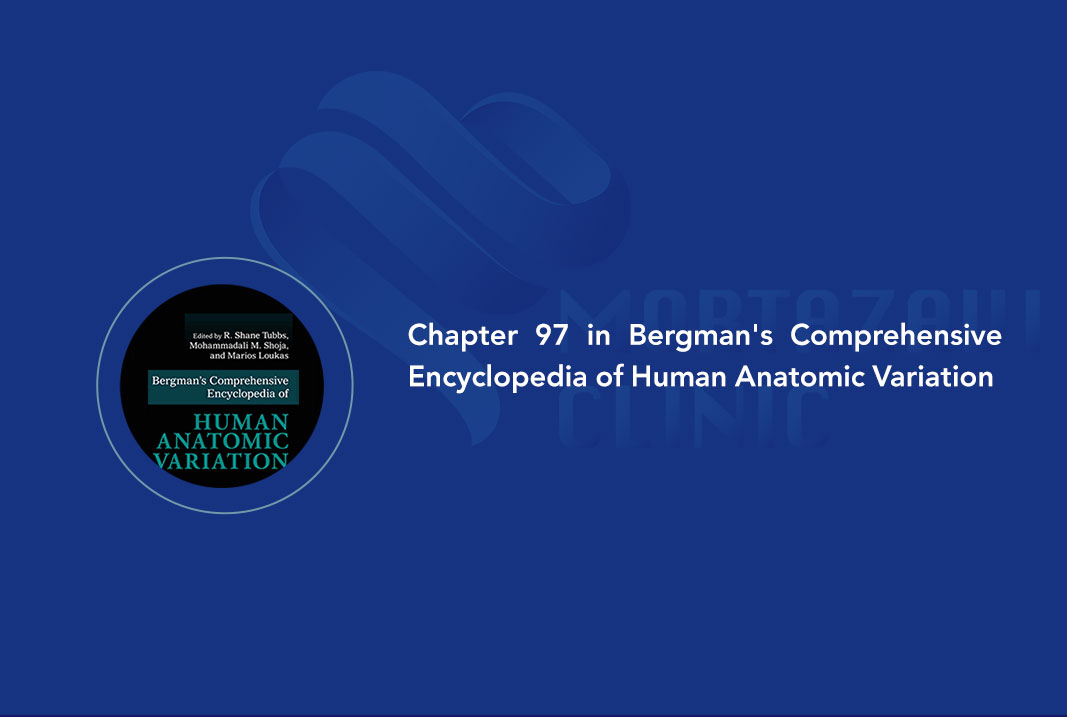Chapter 97 in Bergman's Comprehensive Encyclopedia of Human Anatomic Variation

Summary
The purpose of this chapter is to describe anatomical variations of the ear. Hunter and Yotsuyanagi divided the anomalies of external ear into three grades of dysplasia. Depending on severity, aural atresia can involve the tympanic membranes, middle ear ossicles, mastoid cells, and cochlea. Narrowing of the internal auditory canal coexists with anomalies of the external middle and inner ear. Duplication of the internal auditory canal mostly occurs unilaterally, but bilateral occurrences have been reported. The two most common facial nerve anatomical variations encountered in the middle ear are displacement of the facial nerve and absence of the bony sheath due to dehiscence or absence of the fallopian canal. Anomalies of the Eustachian tube (ET) are not common and mostly occur as part of a syndrome complex. There are various classifications to describe inner ear malformations. The chapter finally discusses variations of the vestibular and cochlear aqueduct.
to view the full book, check the link below:



